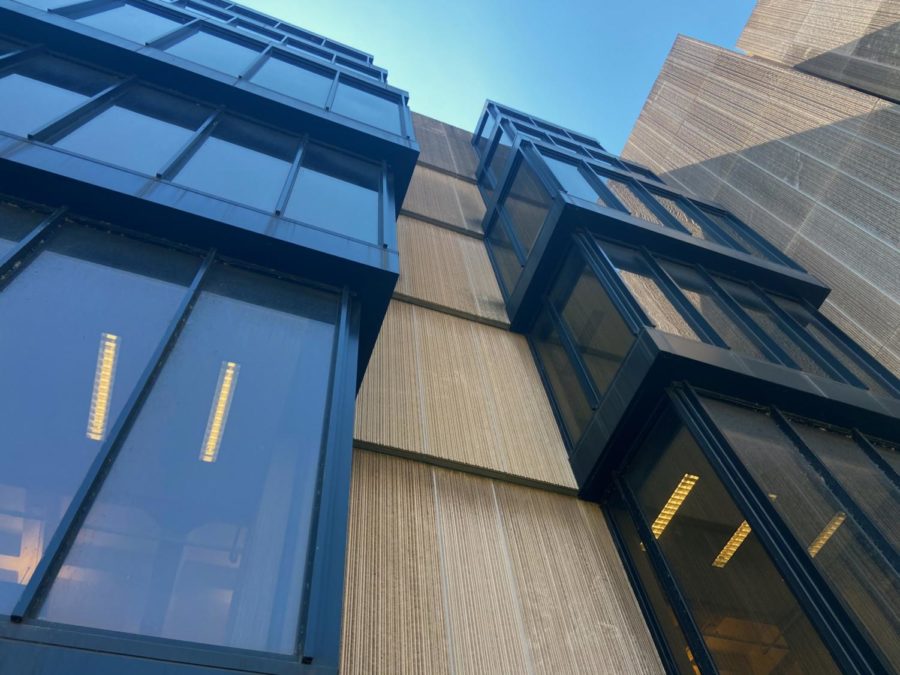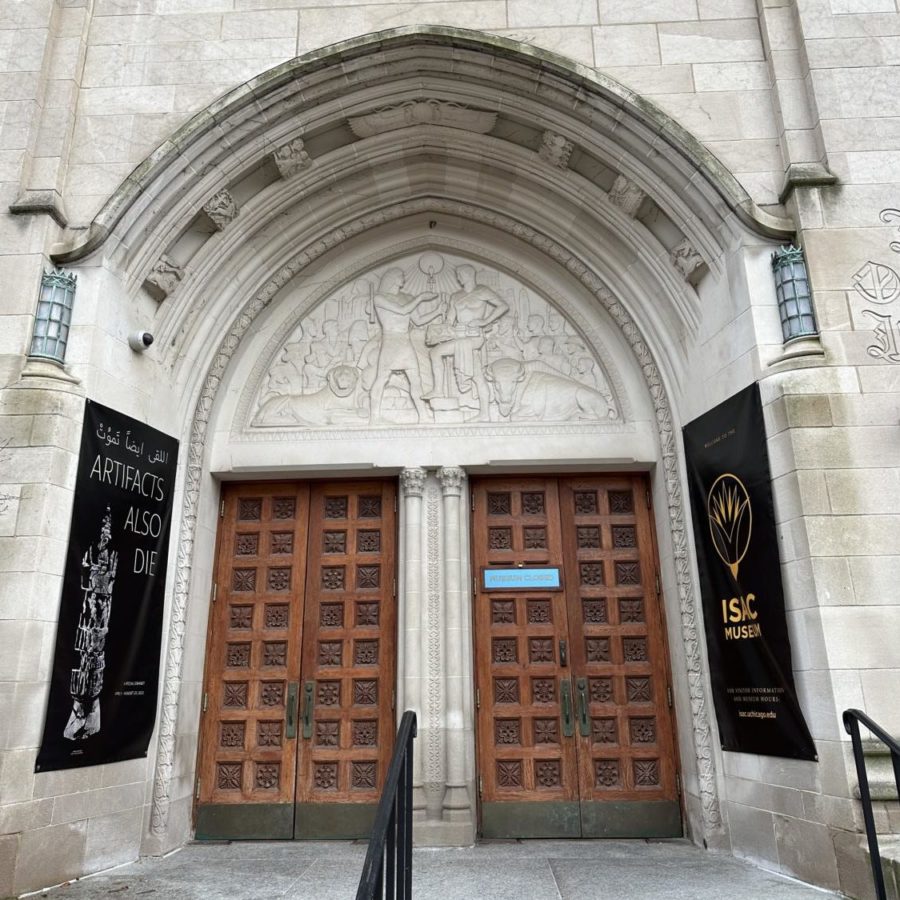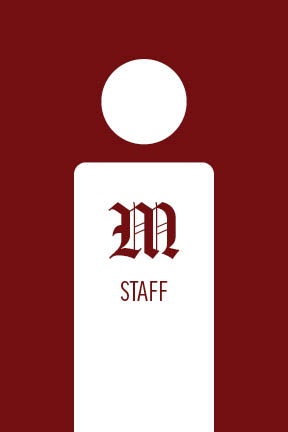There’s one thing to take comfort in during the winter: Crime levels tend to drop during the colder months. But perhaps more notable this year is that the University of Chicago Police Department (UCPD) has started to show a commitment to bolster communication with students. Unlike in previous efforts, the UCPD is engaging with students face-to-face, which could go great lengths in informing the campus community about current trends and in preventing future crime. It would be wise for the UCPD to maintain its dedication to the people it protects by expanding these communication efforts.
This Tuesday, nine UCPD officers gathered at the Office of Multicultural Student Affairs (OMSA) to speak to students about security on campus, concerns about racial profiling, and new crime prevention initiatives. Such sit-down meetings between students and safety administrators are all too rare and are usually reserved for times when students have complaints against the UCPD. For example, several open forums were hosted in 2010 in response to concerns about racial profiling when Maurice Dawson (A.B. `10), a black student, was arrested in the Regenstein Library’s A-level after refusing to show student identification to a UCPD officer. It is reassuring to see UCPD officers talking to students simply “in an effort to increase communication channels,” according to an article published in Tuesday’s Maroon.
Although the UCPD has made attempts in the past to keep healthy communication lines open with students, none have been utilized to their potential. The police department’s Twitter page has over 1,000 followers, but has barely tweeted 10 times since the beginning of the school year. The majority of those tweets are simply links to crime reports, giving no explanations or guidance. It’s even more difficult to find any pulse on the UCPD website—the last news post was made by Police Chief Marlon Lynch in October 2011.
As the largest private police force in the nation, it shouldn’t be hard for the UCPD to update the community every once in a while with tips and trends through any of these methods, and it would be extremely beneficial to set up more meetings between students and police officers similar to the one on Tuesday. Many types of crime can be easily preventable if people are aware of it—like cell phone theft on CTA buses—and new students are not always informed about safety amenities like SafeRide. Monthly meetings with students would get these messages across to the community, and would also give the UCPD opportunities to share up-to-date crime reports and open cases.
If the UCPD steps up their communication efforts, they also need to be transparent and helpful. They cannot treat their various platforms like Twitter and open forums as PR opportunities to reassure students of low crime levels in the area. It’s the UCPD’s job to protect students, not to give the guise of safety. It’s difficult to ignore the volume of crimes close to the main quadrangles last quarter, for instance, and that would have been an appropriate time for the UCPD to meet with students to go over safety efforts regarding this burst of activity. When crime rises with the temperature, the UCPD should ensure that students are ready to take the heat.
The Editorial Board consists of the Editor-in-Chief, Viewpoints Editors, and an additional Editorial Board member.








